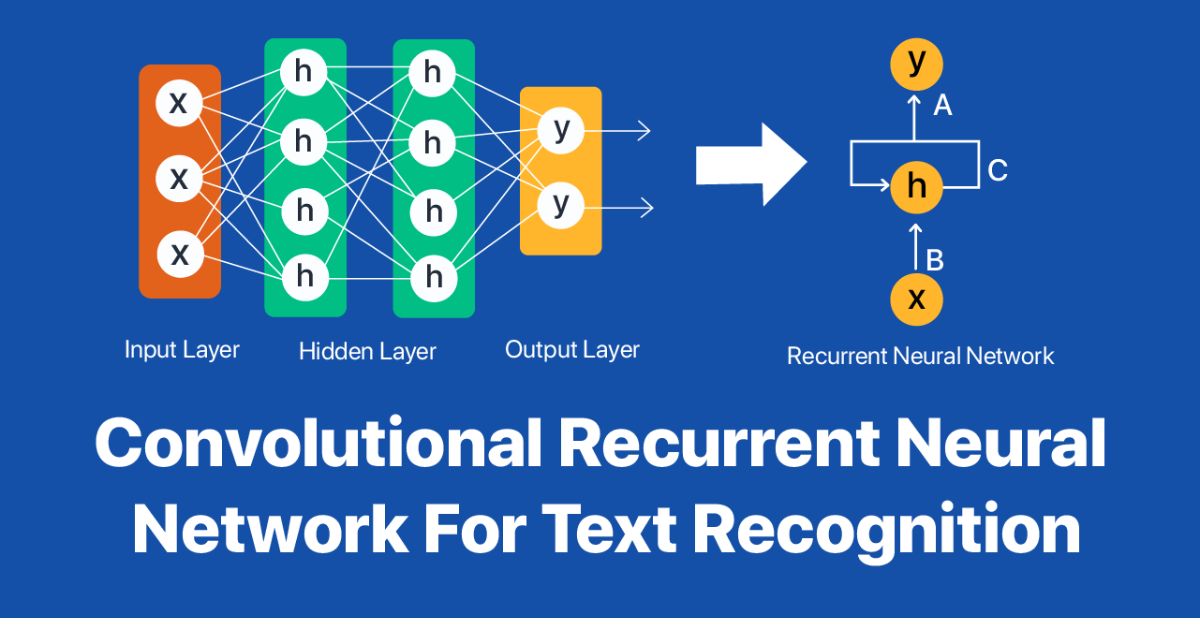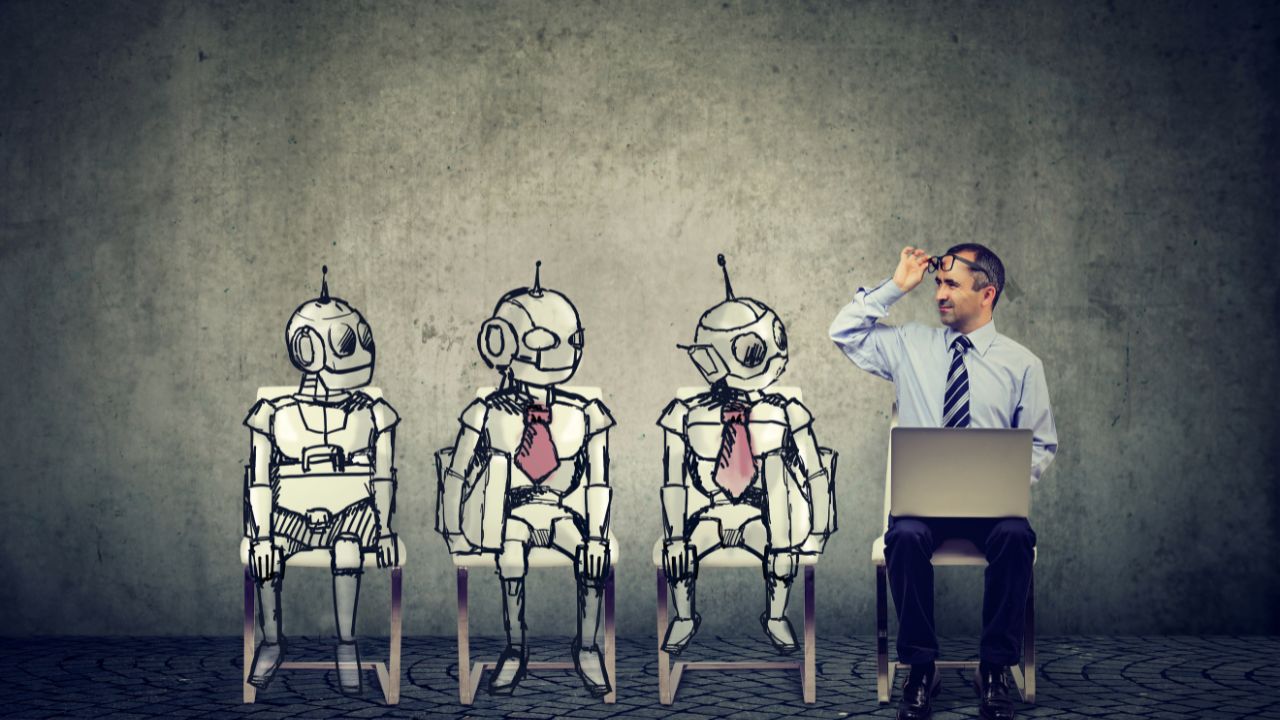Why AI-Powered Image Tools Are Changing the Digital Landscape
October 24, 2025 · 5 min read • #AI#image tools#automation#SEO#digital transformation#content creation
In 2025, AI-powered image tools are no longer futuristic — they’re the foundation of modern digital creation.
From intelligent photo enhancement to instant SEO optimization, AI is transforming how we create, edit, and experience visual content across the internet.
🌐 The Shift: From Manual Editing to Intelligent Automation
The digital world runs on visuals. But traditional image editing — resizing, tagging, compressing — has always been time-consuming and fragmented.
AI is now bridging that gap through automation and understanding.
Where humans once clicked, cropped, and corrected manually, AI now:
- Enhances photos automatically using context-aware algorithms
- Optimizes SEO metadata like filenames and alt text
- Compresses files while preserving quality
- Extracts text and meaning from visuals for accessibility
This evolution isn’t just about convenience — it’s redefining creativity, performance, and how content is consumed online.
🧠 1. AI-Powered Creativity and Image Generation
Thanks to generative AI, anyone can create professional-level visuals in seconds.
Platforms powered by diffusion models and GANs can:
- Generate realistic photos, illustrations, and concept art
- Adapt images to brand aesthetics
- Remix content for multiple formats and platforms
For example, an eCommerce store can instantly generate lifestyle photos of products in diverse settings — without photoshoots.
This democratization of design has made visual storytelling accessible to everyone.
Related: Explore how AI Image-to-Text Conversion helps extract content from generated visuals for SEO and data tagging.
⚙️ 2. Smarter Image Optimization for Web and SEO
AI has revolutionized image SEO — one of the most overlooked areas of web performance.
Modern AI tools automatically handle:
- Image compression and resizing for Core Web Vitals
- Automatic metadata generation (alt text, captions, filenames)
- WebP and AVIF conversion for speed and quality
- Structured data tagging for search engine context
These optimizations directly improve page load times, ranking signals, and accessibility.
Tools like our Image Compressor Tool can reduce image sizes by 80–90% instantly — all processed locally in your browser, ensuring privacy and top performance.
💡 3. AI for Accessibility and Inclusion
Accessibility is a growing digital priority, and AI image tools are at the forefront.
By combining computer vision with natural language generation, modern systems can:
- Generate meaningful alt text for users with visual impairments
- Detect contextual relevance (e.g., “woman working on a laptop in a modern office”)
- Integrate with screen readers and accessibility frameworks
This not only enhances inclusivity but also aligns with accessibility standards like WCAG 2.2 — and as a bonus, boosts SEO.
🔍 4. Intelligent Image Analysis and Understanding
Beyond creation and optimization, AI now understands images.
Through visual-language models, tools can interpret:
- Objects, faces, and environments
- Text and layout structures (using OCR)
- Emotional tone, color composition, and context
This enables a new layer of digital intelligence — from automated moderation systems to brand sentiment analysis using visual cues.
For businesses, it means smarter insights from imagery across social media, marketing, and user-generated content.
📸 5. Real-Time Image Enhancement and Editing
AI has blurred the line between professional editing and instant filters.
Modern tools automatically:
- Adjust lighting, tone, and color balance
- Remove backgrounds and imperfections
- Upscale low-resolution images with AI super-resolution
All of this happens in milliseconds, directly in-browser or via cloud APIs.
Creators can now produce studio-quality visuals from mobile devices, without Photoshop or manual retouching.
Try our AI Background Remover to instantly isolate subjects and create clean, professional images for products, ads, or content.
🔒 6. Privacy-First Design and Local Processing
One of the biggest challenges in AI adoption is data privacy.
Next-generation tools prioritize client-side AI processing, meaning:
- Images never leave the user’s device
- No cloud uploads or third-party access
- Faster response times and lower latency
This privacy-by-design approach aligns with regulations like GDPR and builds user trust — making AI adoption safer and more sustainable.
🌍 7. Business Transformation Through AI Image Tools
AI image technology isn’t just changing how we edit — it’s changing how we operate.
Across industries, it’s driving efficiency, innovation, and competitive advantage.
In Marketing
- Automate banner and ad image creation
- Personalize visuals for audience segments
- Analyze engagement metrics visually
In E-Commerce
- Auto-generate product visuals
- Extract data from supplier images using AI Image-to-Text
- Enhance visual search with tagging automation
In Publishing & Media
- Speed up photo curation
- Add auto-generated captions
- Repurpose visuals across platforms instantly
Businesses adopting AI image workflows report 50–70% time savings and measurable increases in engagement and conversions.
🔮 8. The Future: Multimodal Intelligence
The next wave of innovation lies in multimodal AI — systems that simultaneously process text, images, and audio.
These advanced models will:
- Understand complete visual narratives
- Automatically summarize image sets
- Enable voice-driven image editing and generation
Imagine asking:
“Create a hero banner for our spring campaign using our latest product photos.”
And AI instantly designs it, compresses it, and optimizes it for SEO — ready to publish.
That’s the future of AI image tools — merging intelligence, creativity, and automation into a single seamless process.
🧰 Try It Yourself
Want to experience the future of image intelligence?
Use our free tools to transform your visual workflow today:
- AI Image-to-Text Tool — extract text and meaning instantly
- Image Compressor Tool — reduce file sizes for SEO
- AI Background Remover — isolate subjects in seconds
All tools run 100% locally for security, speed, and data privacy.
💬 Final Thoughts
AI-powered image tools are reshaping how the digital world creates, communicates, and connects.
They empower individuals and organizations alike — not by replacing human creativity, but by amplifying it.
As we move toward a fully intelligent visual web, those who embrace AI tools early will lead in speed, quality, and impact.
The future is clear — it’s AI-optimized, privacy-first, and creativity-driven.
Enjoyed this post? React below 👇
Related Posts
 Tools Effectively.jpg)
How to Use OCR (Optical Character Recognition) Tools Effectively
Learn how OCR (Optical Character Recognition) works, what it can do for you, and how to use it effectively with our free browser-based OCR Tool to extract text from images instantly.

AI Compression Algorithms Explained: Smaller Files, Smarter Tech
Explore how AI compression algorithms are transforming data storage, image optimization, and network performance in 2025 — delivering smaller files, faster speeds, and smarter efficiency for the digital world.

AI vs Traditional Algorithms: Who Wins in Image Optimization?
Explore the differences between AI-based and traditional image optimization methods. Learn how deep learning, neural compression, and smart encoding outperform legacy algorithms like JPEG and PNG in 2025.
Frequently Asked Questions
What are AI-powered image tools?
AI-powered image tools use machine learning and computer vision to analyze, enhance, generate, or optimize images automatically — improving efficiency, creativity, and accessibility.
How are these tools transforming digital marketing?
AI tools help marketers create visuals faster, optimize for SEO, and personalize content dynamically, improving engagement and conversion rates across channels.
Do AI image tools help with SEO performance?
Yes. Tools that compress, tag, and structure images properly improve Core Web Vitals, accessibility, and discoverability — directly influencing search rankings.
Are AI image tools replacing designers?
No. Instead, they empower designers by automating repetitive tasks, enhancing creativity, and freeing time for higher-level conceptual work.
What are some practical AI image tools to use in 2025?
You can try our [Image Compressor Tool](/image-compressor), [AI Image-to-Text Tool](/image-to-text), and [AI Background Remover](/background-remover) for faster, smarter image workflows.